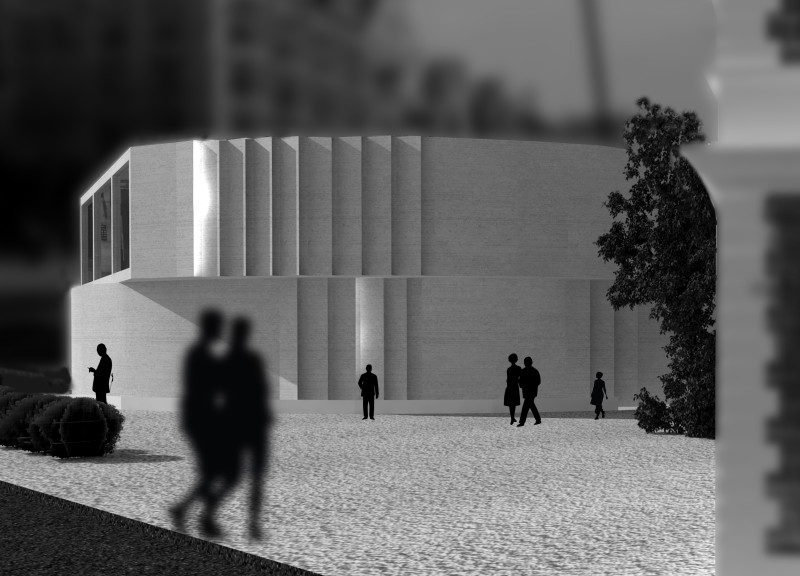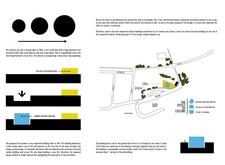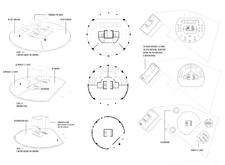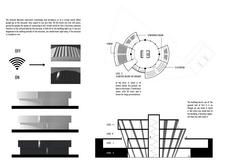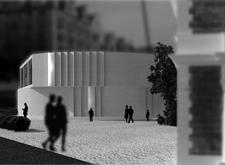5 key facts about this project
### Architectural Analysis Report: The Internet Museum Project
#### Overview
The Internet Museum is situated in London, within the premises of the Old Station Building, an 1847 architectural landmark, and is designed to highlight the relationship between historical artifacts and modern digital culture. The strategic location, surrounded by significant cultural institutions such as St. Paul’s Cathedral and the Palace of Westminster, serves to enhance the narrative of the museum as a place where technology's evolution and its cultural implications can be explored.
#### Spatial Configuration and Visitor Engagement
The spatial organization of the museum comprises multiple levels, each serving distinct functions. Level -1 features an exhibition hall, while Level 0 provides general access, and Level +1 includes café and dining areas. The design promotes movement and exploration, facilitated by a circular layout that centralizes key functional areas such as the library and private IT suites, thus enhancing collaborative opportunities. To foster interaction, the arrangement encourages both personal reflection and community dialogue, ensuring the museum serves as a hub for public engagement.
#### Materiality and Technological Integration
Distinctive architectural elements characterize the museum's design. The facade utilizes ribbed surfaces, creating a dynamic interplay of light and shadow that signifies the complexities of digital communication. Materials selected for construction include concrete for structural integrity, glass to promote visibility and interaction, and natural stone or brick to pay homage to the Old Station Building. Additionally, the incorporation of free Wi-Fi zones throughout the facility emphasizes connectivity and enhances the user experience, resonating with the overarching theme of the digital environment. The design facilitates an indoor-outdoor connection, promoting accessibility and engagement with the surrounding community through visually integrated open spaces.


